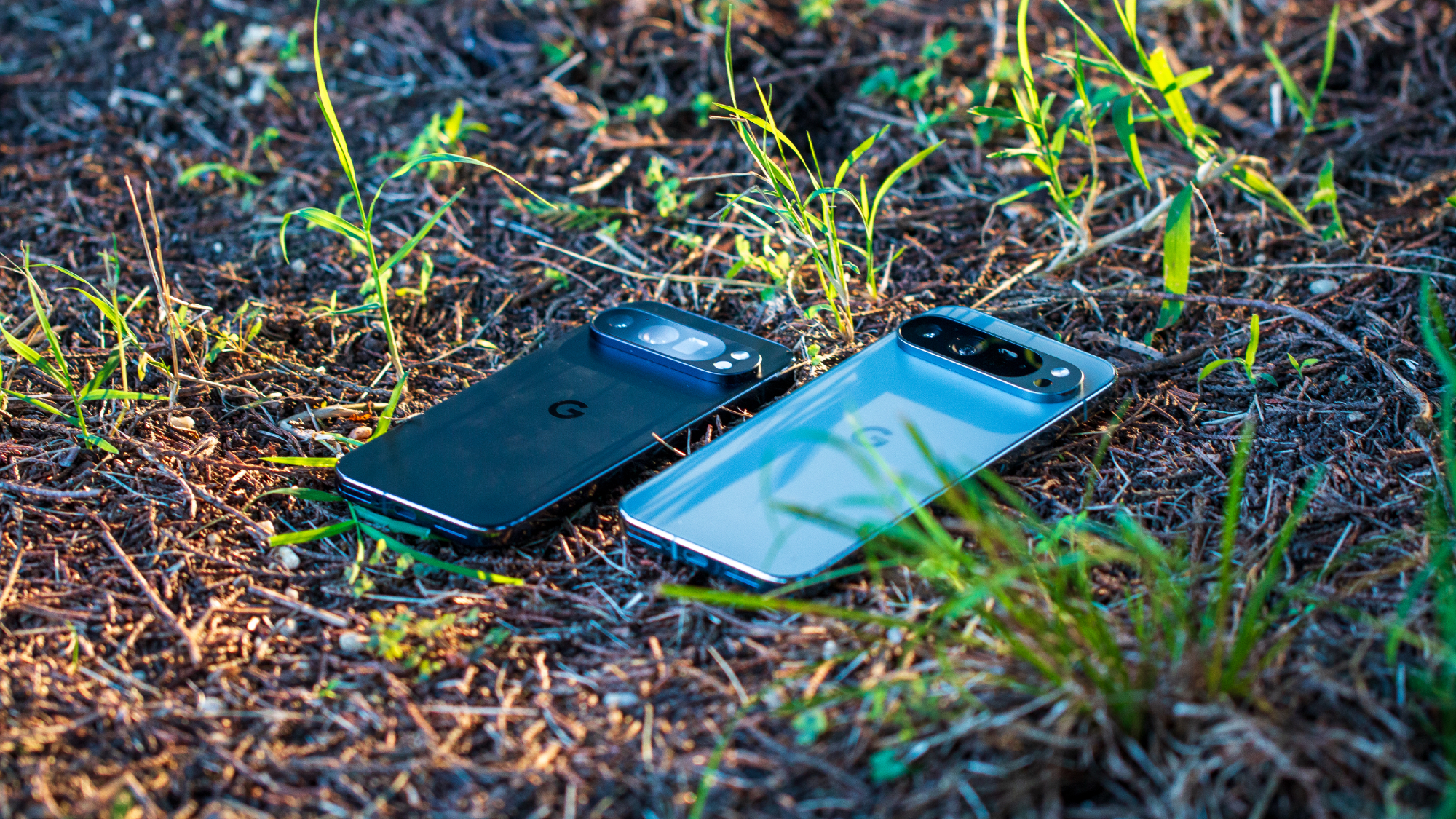Honor View 20 vs. Honor View 10: Should you upgrade?
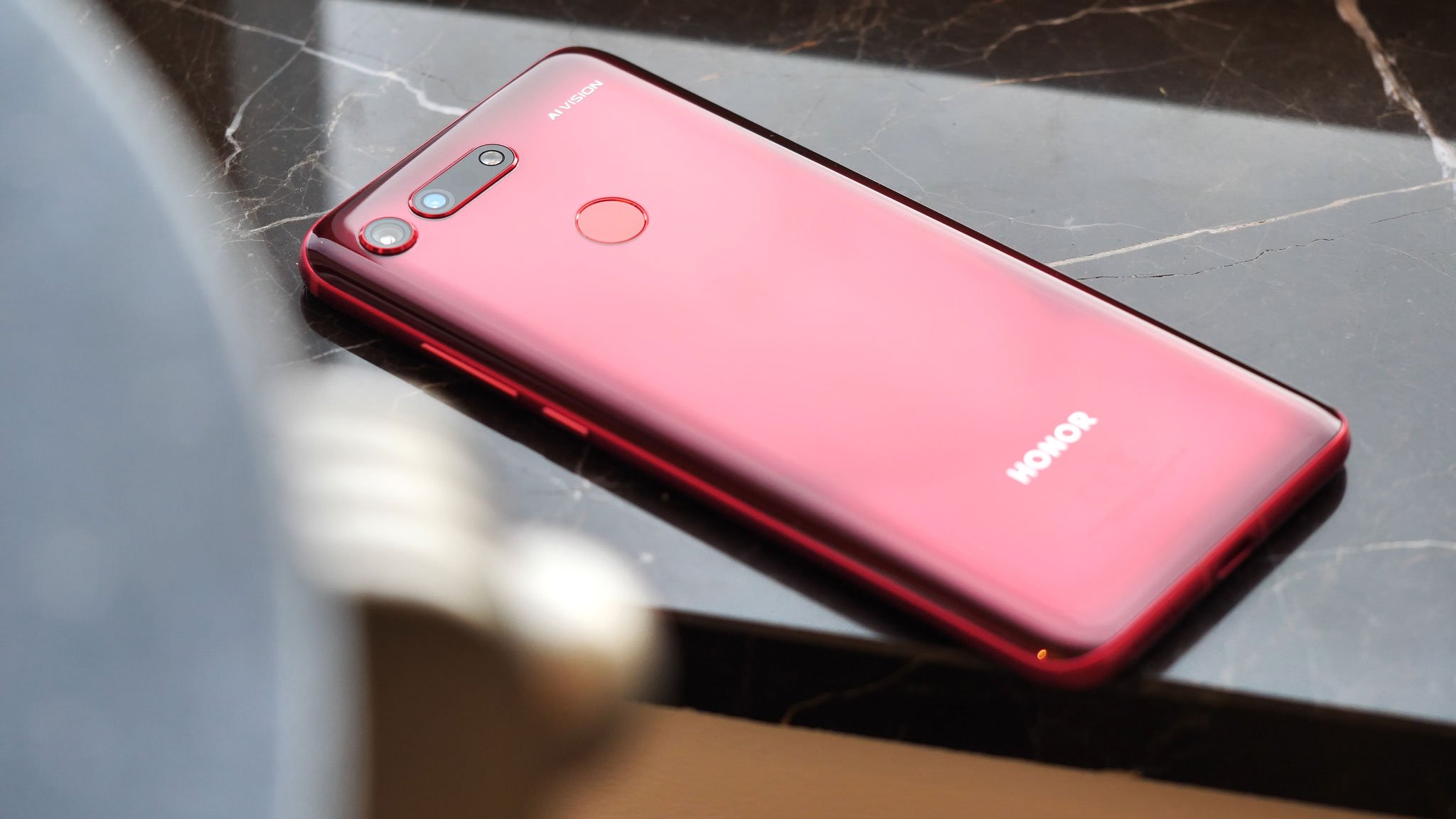
Honor View 20
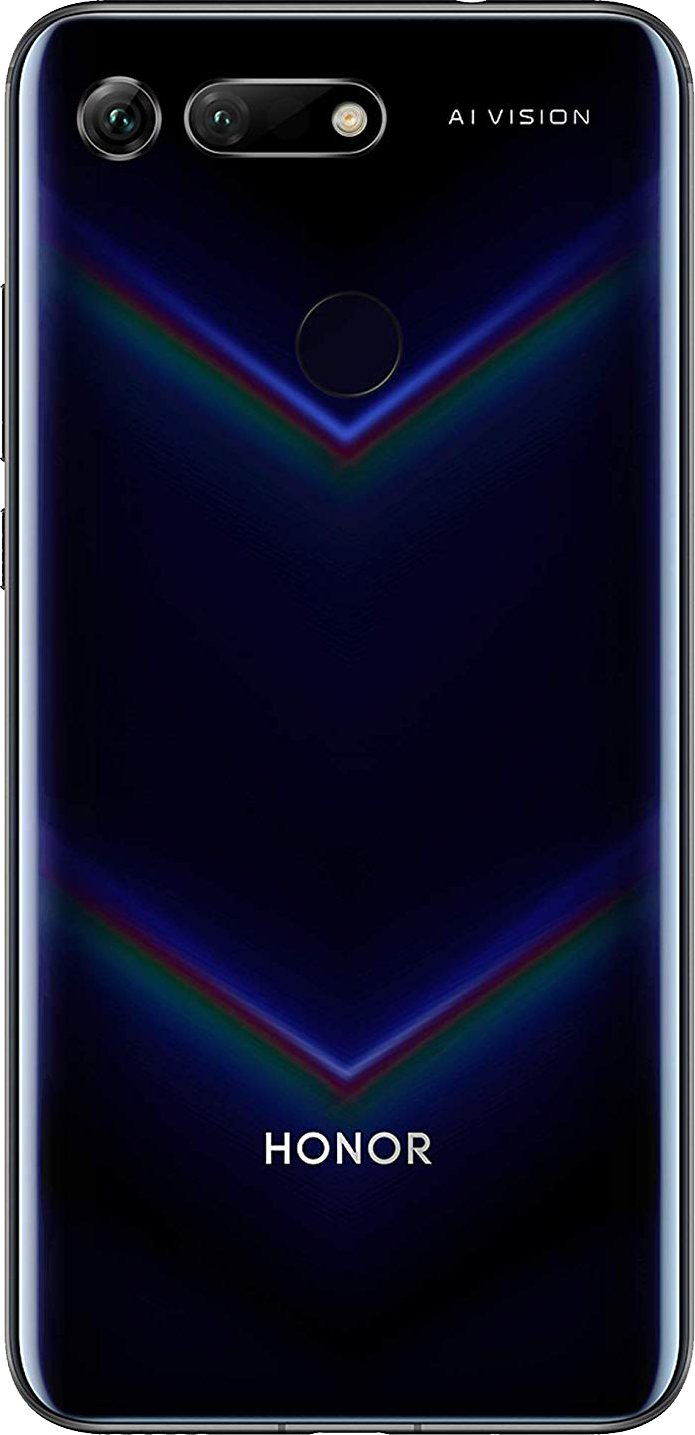
The Honor View 20 has a rounded glass design that looks and feels better than the View 10, along with a more powerful Kirin 980 chipset and a stellar camera. Unfortunately, it isn't officially available in the U.S.
Honor View 20
Modern chic
Honor View 10

The View 10 looks bland, but its aluminum chassis is more durable than the View 20's glass back, and its spec sheet is still impressive in 2019. For under $400 these days, it's a fantastic deal on an impressive phone.
Honor View 10
Bland, but pragmatic
The View 20 is the latest in Honor's line of affordable flagships, and while it looks significantly nicer than its predecessor at first glance, the View 10 is still an impressive phone in its own right. If you already have a View 10, there's no real need to upgrade just yet, but even new buyers may still want to look at last year's model unless they're after the View 20's camera improvements.
One of the last glass vs. metal comparisons
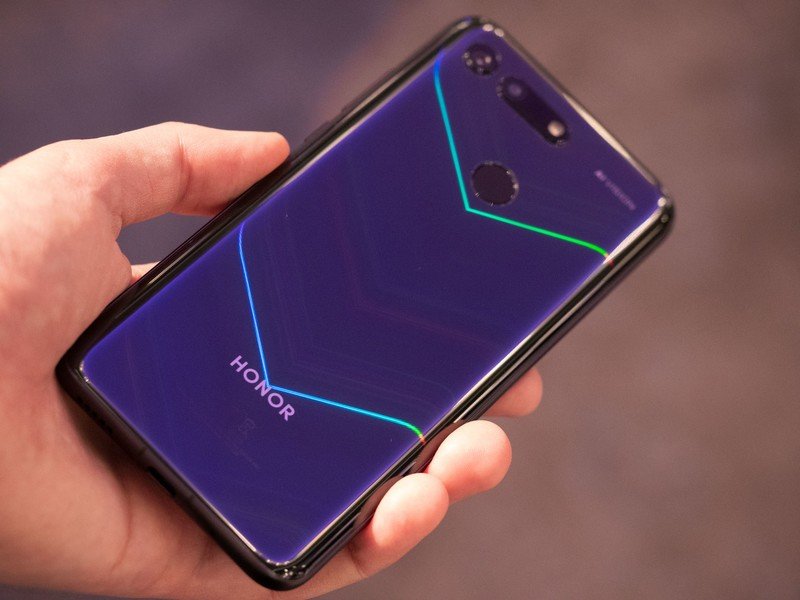
The Honor View 10 is about as plain as a smartphone can be; just a flat slab of aluminum, devoid of any accenting or curvature — though importantly, it's one of the few remaining phones with a metal back. That gives it an edge in durability over the View 20 which, by contrast, has a friendlier but more fragile design with a curved glass back and an eye-catching chevron pattern.
The View 10 is one of the few remaining metal phones.
While the View 20 packs the newer Kirin 980 chipset and higher storage options, the View 10 still holds its own on paper. Both batteries are similar in size, and the View 10 even supports microSD expansion, which is successor does not. Both phones have speedy fingerprint sensors as well, though the View 20's is around back while the View 10's sits below the display — you may prefer either location, but the former allows for incredibly slim bezels around front.
| Header Cell - Column 0 | Honor View 20 | Honor View 10 |
|---|---|---|
| Platform | Android 9 PieEMUI 9 | Android 9 PieEMUI 9 |
| Display | 6.4-inch IPS LCD2310 x 1080, 398ppi | 5.99-inch IPS LCD2160 x 1080, 403ppi |
| Chipset | Octa-core HiSilicon Kirin 980 | Octa-core HiSilicon Kirin 970 |
| GPU | Mali-G76 MP10 | Mali-G72 MP12 |
| RAM | 6GB/8GB | 4GB/6GB |
| Storage | 128GB/256GB | 64GB/128GB |
| Expandable | No | Yes (microSD) |
| Battery | 4000mAh | 3750mAh |
| Water resistance | None | None |
| Rear camera | 48MP f/1.8 + TOF 3D stereo camera | 16MP f/1.8 + 20MP monochrome |
| Front camera | 25MP f/1.8 | 13MP f/2.0 |
| Wireless charging | No | No |
| Security | Rear fingerprint sensor | Front fingerprint sensor |
| Dimensions | 156.9 x 75.4 x 8.1mm | 157 x 75 x 7mm |
| Weight | 180g | 172g |
There are other minor differences like the View 20's new hole-punch cutout versus the View 10's larger bezels, but perhaps the most significant change is in the cameras. The View 10 took decent photos with its 16P main camera and 20MP monochrome sensor, but the View 20 takes photography to the next level with its 48MP primary sensor, rivaling what Huawei's more premium Mate 20 Pro is capable of.
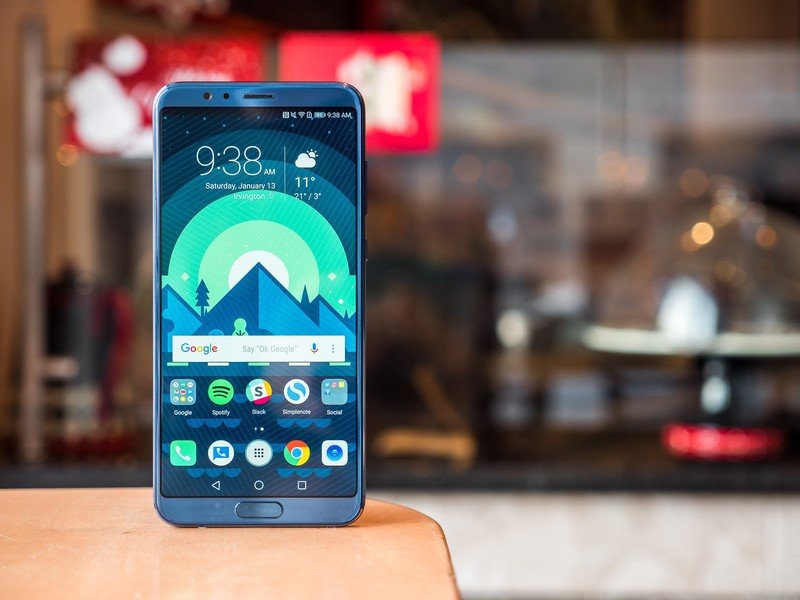
Perhaps the View 10's biggest advantage, though, is its pricing and availability. Unlike the View 20, which likely won't reach the U.S. in an official capacity (though it's being sold on Amazon at a considerable markup), the View 10 launched last year for an already-low $499, and has since dropped below $400. At that price point, it's hard to justify upgrading unless you simply want the View 20's more modern design or improved cameras.
Be an expert in 5 minutes
Get the latest news from Android Central, your trusted companion in the world of Android
Hayato was a product reviewer and video editor for Android Central.

